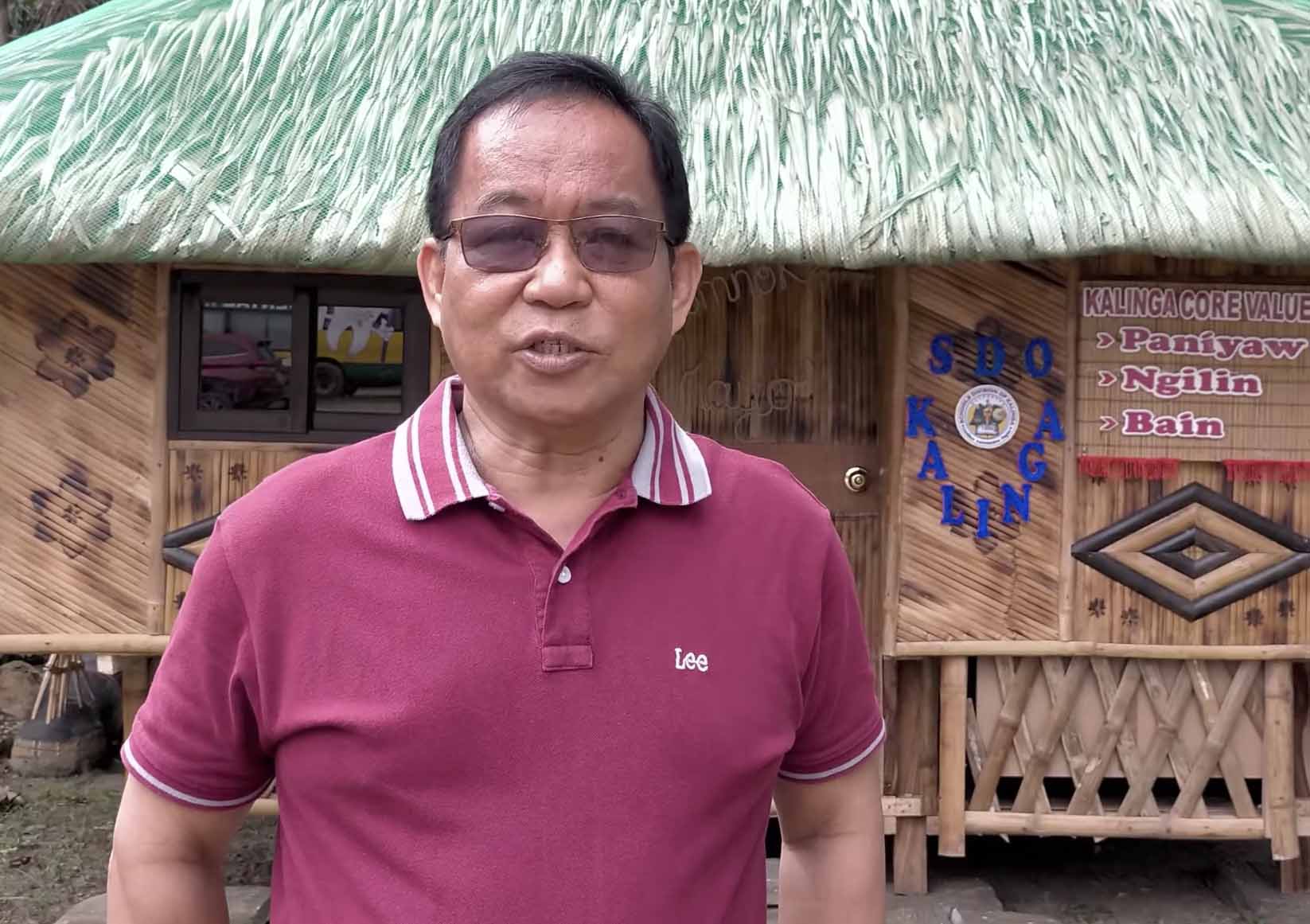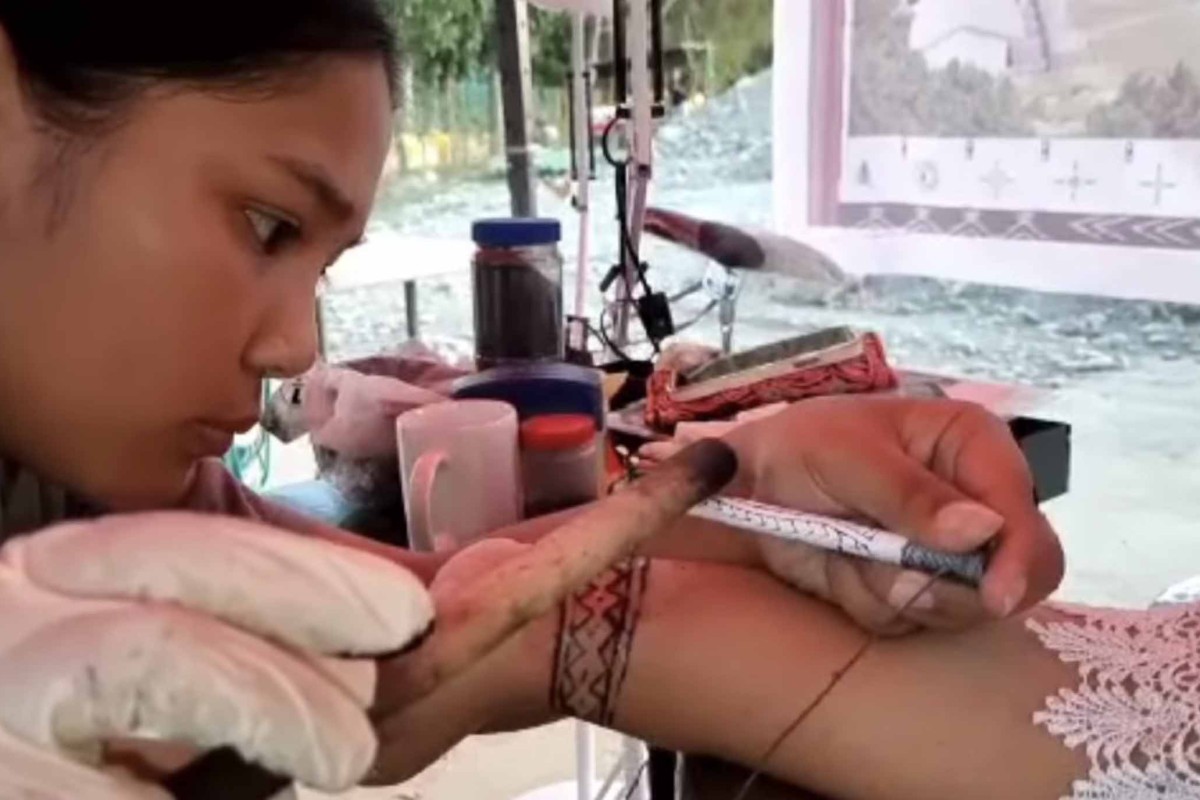(PIA) - Getting inked at school is unusual but at the Southern Tinglayan National High School (STNHS) in Kalinga, tattooing is offered in their Senior High School curriculum under the Technical-Vocational-Livelihood Strand.
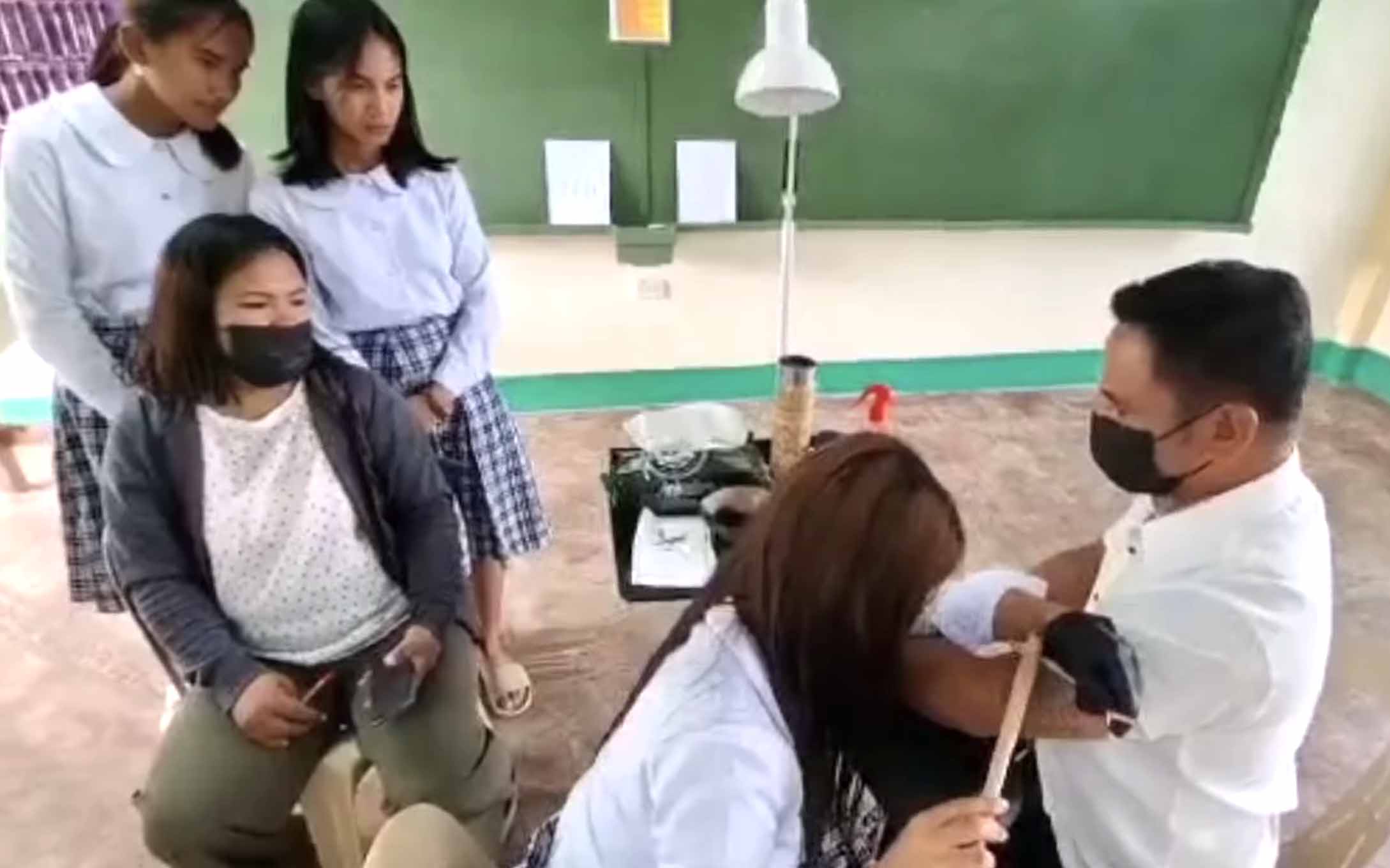
This initiative of the Schools Division of Kalinga which started with the Senior High School program and Indigenous Peoples Education (IPED) program is in response to the need of learners to be equipped with the knowledge and skills of traditional hand-tapped tattooing.
“This is anchored on the principle that curricular offerings should be culturally appropriate to fit the context and local needs of our IP learners,” explained Silverio Tawatao, STNHS IPED and Senior High School Focal Person.
Tawatao shared that the curriculum development underwent convergence meetings with stakeholders and community immersion activities.
“We also developed a curriculum that is reflective of the indigenous knowledge and skills of tattooing and we also did community immersion activities,” he said.
With Apo Whang-od as the oldest living mambabatok (tattoo artist) in the community, the tattooing curriculum also provides an avenue for the practice and culture to be passed on to the younger generation.
“We hope that this will continue to prosper so that we will be able to continue providing education to our IP learners that is culturally appropriate to their needs and the aspirations of our IP community,” Tawatao said.
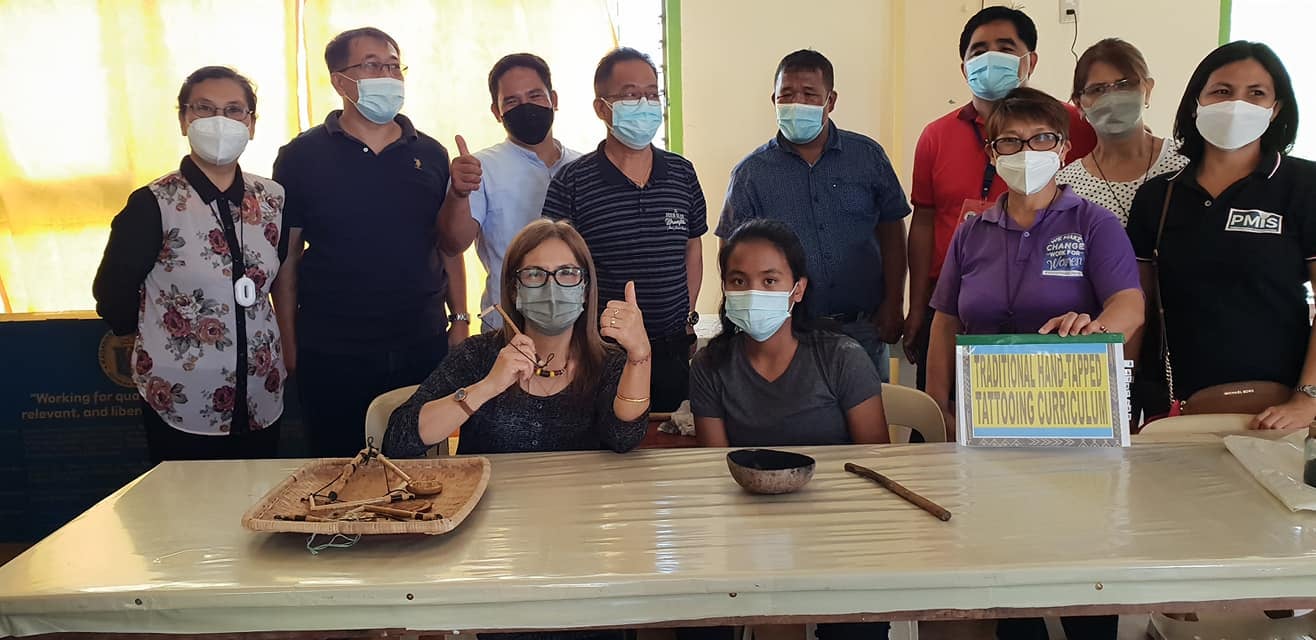
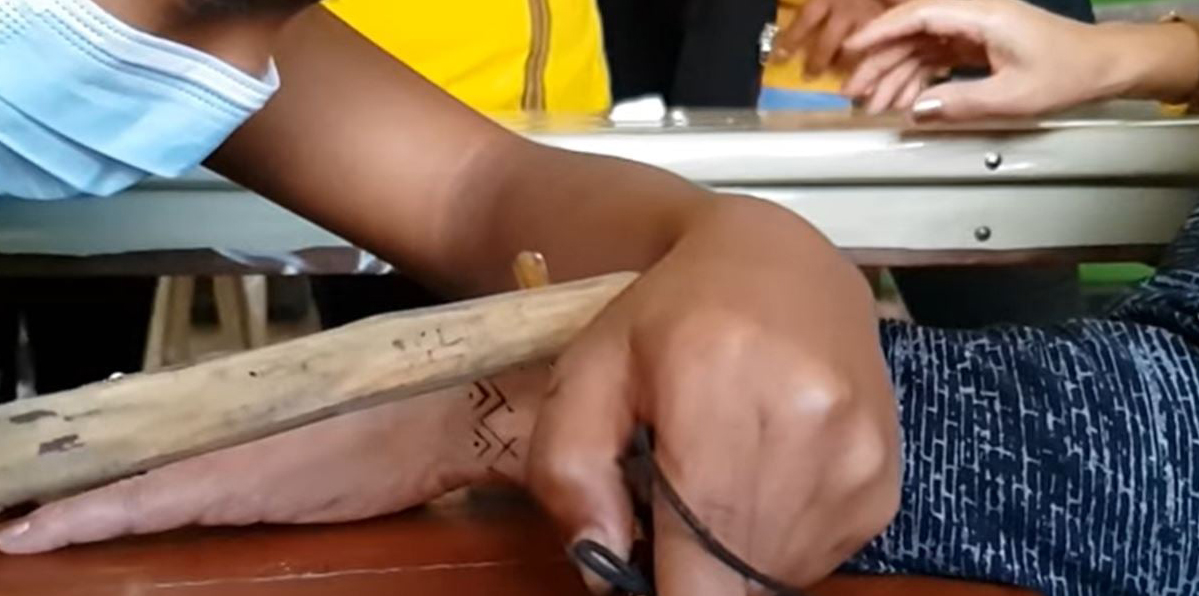
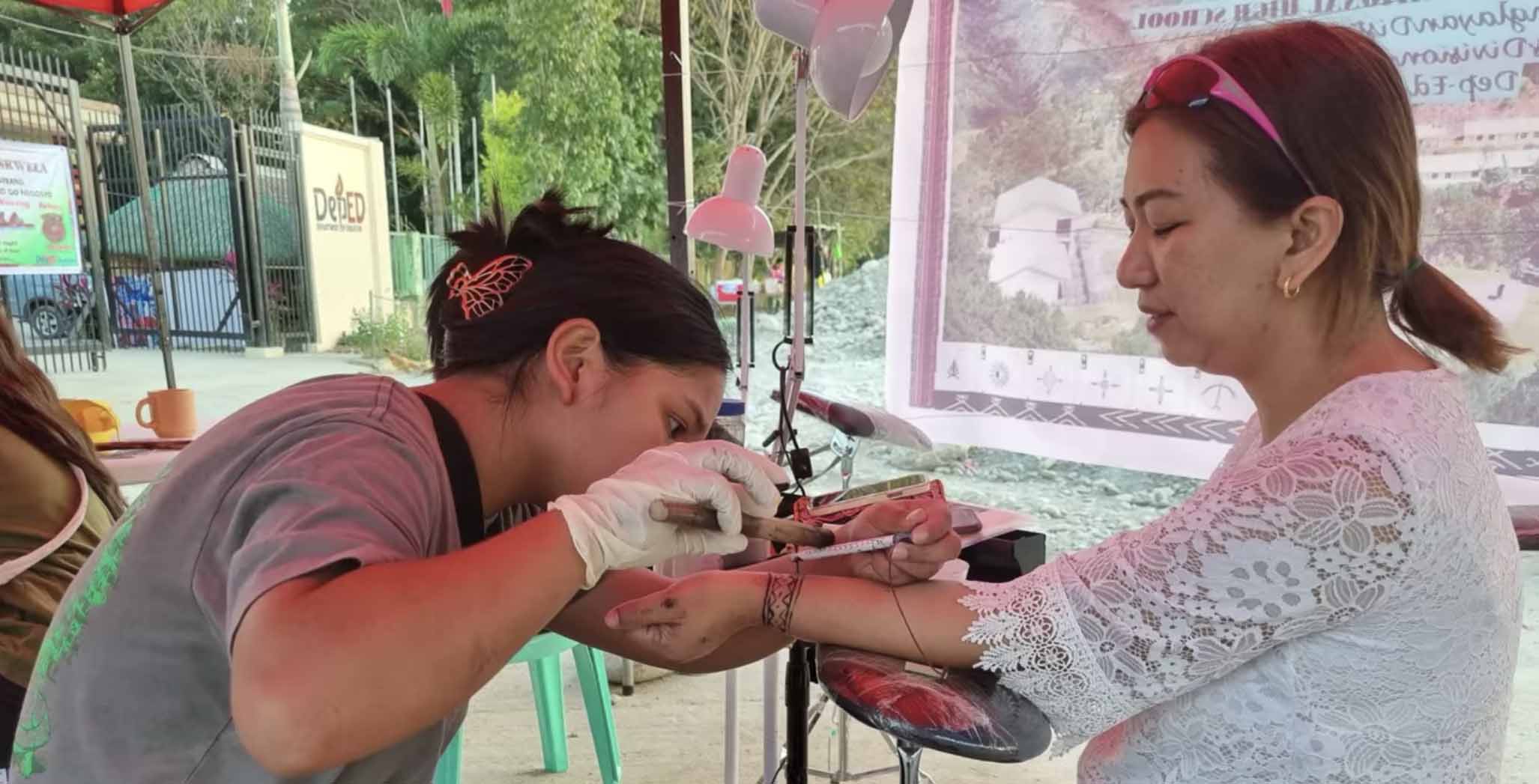
With more than 50 learners currently enrolled in the strand, SDO Kalinga Superintendent Amador Garcia Sr. recognized the collective efforts teachers, supervisors, elders to make the unique strand available for the students.
“This is a curriculum that will speak and promote the tradition. We want to develop skills among our learners so that they will develop appreciation of the value of this skill and practice of our forefathers,” he said.
The art of batok or hand-tapped tattooing of the iKalingas uses handheld tools like sticks and thorns instead of machines to tap ink in the skin.
Tattoos have been traditionally signs of power, strength, dominance and masculinity among iKalinga men while it symbolizes beauty for the women. (JDP/JJPM-PIA CAR)
